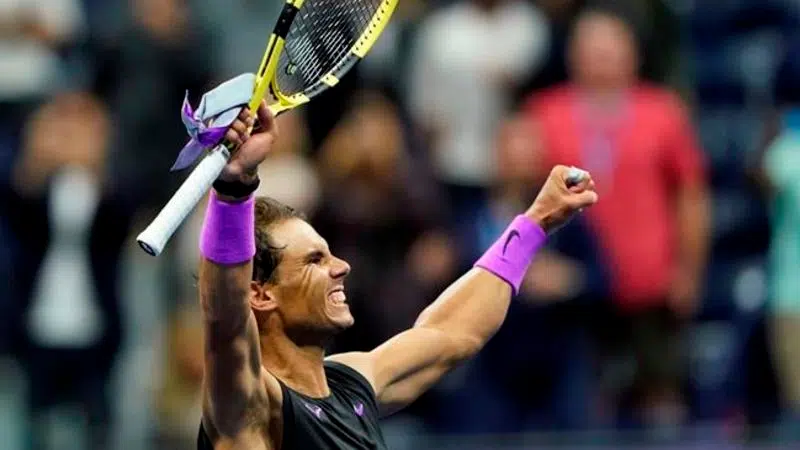
‘Lucky, no?’ Nadal fights past Berrettini into US Open final
NEW YORK — Rafael Nadal found himself trailing in a tight first set against a bigger, younger opponent who was finding ways to cause trouble in their U.S. Open semifinal.
Never one to panic, never liable to have a letdown, Nadal hung tough, waited for 24th-seeded Matteo Berrettini to wilt ever so slightly and then pounced.
Nadal moved closer to a fourth U.S. Open championship and 19th Grand Slam title overall — one away from Roger Federer’s record for men — by pulling away for a 7-6 (6), 6-4, 6-1 victory over Berrettini under the roof at Arthur Ashe Stadium on Friday night.
The second-seeded Nadal was down 4-0, then 5-2, then 6-4 in the opening tiebreaker before taking the next four points and was on his way.

